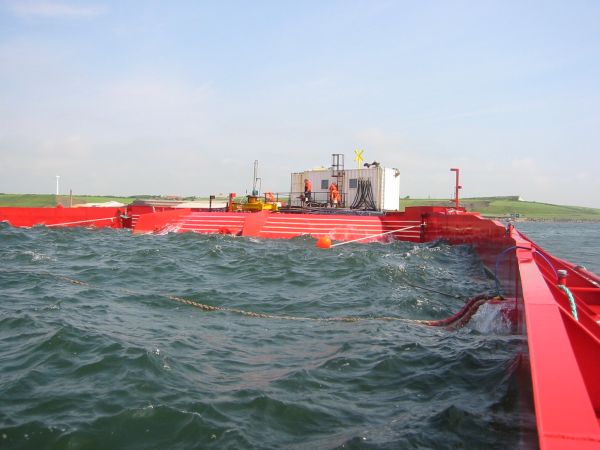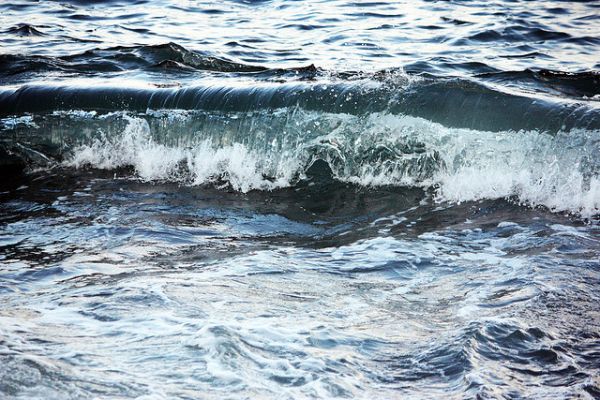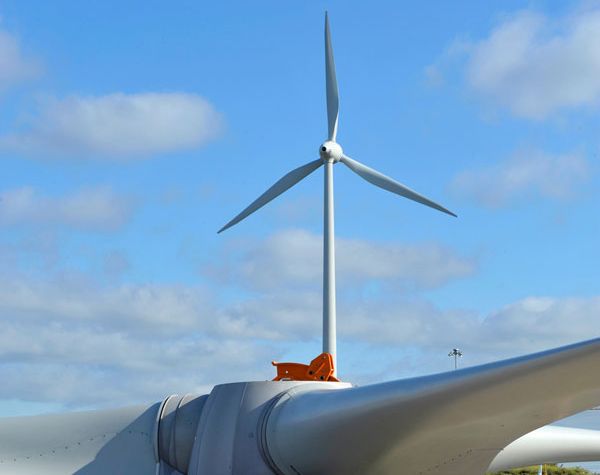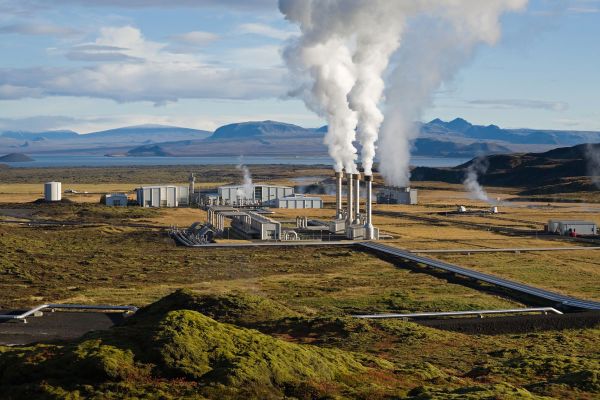What’s happening right now?
There has been an increased use of non-recyclable resources to generate energy and now that these resources have started depleting so fast, people have been turning toward newer and natural sources of energy, such as solar and wind. Governments in several countries have been investing in energy generation projects through natural resources. In this line, we always need more efficient and cleaner power sources that could meet the global energy requirements, without depending on non-renewable energy sources. One such development that has been taking place is in the area of wave energy that is transported by ocean surface waves.

Trends in power generation through wave energy
Harnessing wave energy or ocean wave power can have useful applications like water desalination, water pumping, electricity generation, etc. There have been several attempts to utilize wave power since around 1890, while there are evidences of patents being filed for its usage since 1799. In 1910, wave power usage was first seen for lighting a house by a Frenchman named Bochaux-Praceique.
Based on wave energy, several device concepts were later tested in 1940s by Yoshio Masuda. Later, the 1973 oil crisis forced a renewed interest in wave energy and its efficiency came to light through Stephen Salter’s multiple experiments. But, this interest was not long-lasting after the oil prices went down in 1980. Recently, the interest has again started developing and experimental wave farms are being set up at various suitable locations across the globe.

The concept
Completely different from tidal energy, the wave energy is generated from ocean surface waves that are wind-induced. Wave formation is dependent on the wind that passes over the sea surface. So, the energy keeps getting transferred from the surface wind to the waves as long as the waves’ propagation speed remains slower than the wind. There are several factors determining wave energy, including the speed of wind, duration of wind blow, distance of wind travel, and topography and depth of seafloor.
The advantages
Wave energy is a clean renewable resource that is considered to be least variable and most concentrated. It has such a high power density that makes it the cheapest renewable energy source present in nature. It is estimated by the World Energy Council that approximately 2 terawatts of electricity production could solely be done by harnessing the power of waves. This is double the production of electricity that is currently being done globally!
The impact
Being such a powerful source of electricity, wave energy can end almost all power problems across the world. It offers an optimal solution for energy production at a large scale, and that too, without causing any harm to environment. Additionally, the large-scale wave converter units could be installed, operated and maintained at a lower cost. The concept of harnessing wave power has been emerging, while technological advancements need to mature over time to make these waves the most powerful future energy source.




